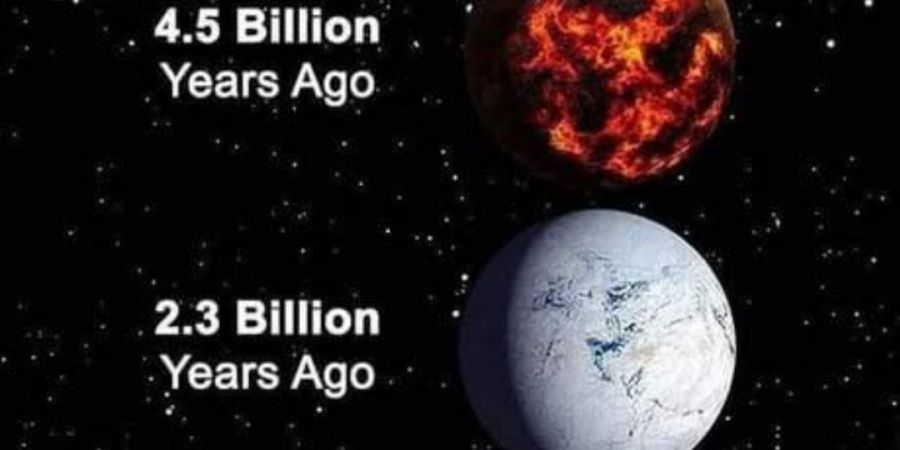

Formation of the earth:
Our planet began as part of a cloud of dust and gas. It has became our home, offering abundance of Rocky landscape, a life supporting atmosphere and oceans teeming with mystery.
We live on the hard, Rocky surface of the earth, breathe the air that surrounds the planet, drinking water that falls from the sky, and eat the food that grows on the ground. But earth did not always exist in the vast universe, nor was it always a hospitable haven for life.
Billion of years ago, Earth along with the rest of our solar system, was completely unrecognizable, existing only as a giant cloud of dust and gas. Eventually, a mysterious event that even the world's leading scientists could not pin down caused a disturbance in this cloud of dust and set off a series of events that would lead to the emergence of life we known it. A common belief among scientists is that a distance star collapsed, triggering, a supernova explosion that rupttoned the dust cloud and caused it to coalesce. This formed a spinning disk of gas and dust known as the solar nebula. The faster the cloud spun, the more dust and gas concentrated in the center, further increasing the nebula's spee. Our time, the gravity at the center of the cloud become so strong that the hydrogen atoms began to move faster and more violently. The hydrogen protons began to fuse, forming helium and releasing tremendous amounts of energy.
This year led to the formation of the star at the center of our solar system, the sun about 4.6 billion years ago.
Formation of planet:
The formation of the sun consumed more than 99 percent of the matter in the nebula. The remaining material began to coalesce into various masses. The cloud continued to rotate and clumps of matter continued to collide with each other. Eventually, some of these clumps of matter grew large enough to sustain their own gravitational pull, giving rise to the planets and dwarf planets that make up our solar system today.
Earth is one of the four inner terristrial planets of our solar system. Like the other inner planets Mercury, Venus and Mars, it is relatively small and Rocky. At the dawn of solar system history, Rocky material was the only substance that could exist so close to the sun and withstand it's heat.
Early Earth:
In its early days, Earth was unrecognizable from its modern form. It was very hot at first, so the planet was probably made up almost entirely of molten magma. Over the course of a few hundred million years, the planet began to cool and oceans of liquid water formed. Heavy elements began sinking past ocean and magma towards the center of the planet. As this happened, the Earth differentiated into layers, with the outermost layer being a solid shell of relatively lighter material while the denser molten material sank into the middle. Scientists belive that Earth, like the other inner planets, arrived at its current state in the three distinct stages. The first stage described above is know as accretion, or the formation of a planet from existing particle within the solar system as they collide with each other to form larger and larger bodies. Scientists belive the next stage involved a protoplanet colliding with a very young planet Earth. This is thought to have happened over 4.5 billion years ago and may have led to the formation of Earth's moon in. In the final stages of development, the planet was bombarded with asteroids.
Earth's early atmosphere was probably composed of hydrogen and helium. As the planet changed and the crust began to form, volcanic eruptions became common. These volcanoes pumped water vapour, ammonia and carbon dioxide into the atmosphere round the earth. Slowly the oceans took shape and eventually primitive life evolved in those oceans. Contribution from Asteroids.
At this time other events were also taking place on our young planet. It is believed that during Earth's early formation, asteroids continuously bombarded the planet and may have carried with them an important source of water Scientists believe that the asteroids that collided with Earth, the Moon and other inner planets contained significant amounts of water in their minerals, which are necessary for life to arise. It appears that when the asteroids hit the Earth's surface at a high speed of, they shattered, leaving behind fragments of rock. Some suggest that nearly 30 percent of the water originally contained in the asteroids would have remained on Earth in the fractured rock sections even after the impact. A few hundred million years after this process, about 2.2 to 2.7 billion years ago, photosynthetic bacteria evolved. They released oxygen into the atmosphere through photosynthesis and within a few hundred million years were able to change the composition of the atmosphere to what it is today. Our modern atmosphere is atmosphere is composed to what it is today. Our modern atmosphere is composed of 78% nitrogen and 21% oxygen, among other gases, which allows it to support the many life forms within.


